Get In Touch
-
Write Us a Message
-
Request a Callback
-
Get a quote
UNCOVERING WEAKNESSES, PROTECTING YOUR STRENGTHS.
Identifying and assessing security weaknesses and potential threats within computer systems, networks, or applications to proactively address and mitigate potential risks.
What is Vulnerability Scanning
Vulnerability scanning is a process used to systematically identify and assess security weaknesses or vulnerabilities in computer systems, networks, software applications, and devices. It involves the use of automated tools and techniques to search for known vulnerabilities, misconfigurations, or weaknesses that could potentially be exploited by malicious actors.

Key aspects of Vulnerability Scanning include:
To discover and pinpoint vulnerabilities or security flaws in systems and software.
To assess the severity and potential impact of each vulnerability, helping organisations prioritise which vulnerabilities to address first.
To proactively address and remediate vulnerabilities before they can be exploited by attackers, reducing the risk of security breaches.
Vulnerability scanning can be a crucial component of an organisation’s cybersecurity strategy, helping to maintain a strong security posture and minimise the risk of data breaches and other security incidents.
Benefits of Vulnerability Scanning
- Improved Security Posture: Regular scanning enhances an organisation’s overall security posture by identifying and remediating weaknesses before they can be exploited by malicious actors.
- Compliance: It aids in meeting regulatory requirements by ensuring that security measures are in place and vulnerabilities are being actively managed.
- Cost Savings: By addressing vulnerabilities early, organisations can avoid the potentially high costs associated with data breaches, downtime, and legal liabilities.
- Enhanced Customer Trust: Demonstrating a commitment to security through vulnerability scanning can build trust with customers and partners.
- Reduced Attack Surface: It helps in reducing the attack surface of a network or system by identifying and eliminating unnecessary services or configurations.
- Continuous Improvement: Regular scanning encourages a culture of continuous improvement in cybersecurity, adapting to evolving threats and technology.
- Faster Incident Response: With a better understanding of vulnerabilities, organisations can respond more effectively to security incidents.
- Peace of Mind: Knowing that vulnerabilities are actively monitored and addressed provides peace of mind to both the organisation and its stakeholders.
Siderise Ltd
 As a large business, we have huge demands on our IT system and ITCS has got it covered.
As a large business, we have huge demands on our IT system and ITCS has got it covered.
They are super professional, knowledgeable and more importantly, the customer service is exemplary.
Renault Dealership
 ITCS’s commitment to enhancing our online presence through meticulous SEO strategies has yielded remarkable results. Our website’s visibility and engagement have notably improved, leading to increased brand recognition and business growth. This success can be attributed to their in-depth knowledge of SEO intricacies and their proactive approach to adapting strategies to suit our evolving needs.
ITCS’s commitment to enhancing our online presence through meticulous SEO strategies has yielded remarkable results. Our website’s visibility and engagement have notably improved, leading to increased brand recognition and business growth. This success can be attributed to their in-depth knowledge of SEO intricacies and their proactive approach to adapting strategies to suit our evolving needs.
Bridgend Citizens Advice
 ITCS went above and beyond by offering insightful consultancy with regards to upgrading our hardware infrastructure and implementing robust disaster recovery plans. They provided invaluable guidance and implemented solutions such as a new UPS and disaster recovery solutions with both local and offsite data backups, ensuring our business is well-prepared for any unforeseen events.
ITCS went above and beyond by offering insightful consultancy with regards to upgrading our hardware infrastructure and implementing robust disaster recovery plans. They provided invaluable guidance and implemented solutions such as a new UPS and disaster recovery solutions with both local and offsite data backups, ensuring our business is well-prepared for any unforeseen events.
Sony Global Manufacturing
 ITCS deliver a prompt, quality service building and supplying test computers to our requested specifications. They understand our business needs and deliver an excellent service
ITCS deliver a prompt, quality service building and supplying test computers to our requested specifications. They understand our business needs and deliver an excellent service






 CLOSE
CLOSE











